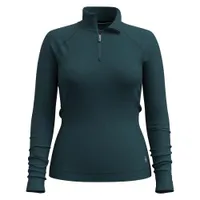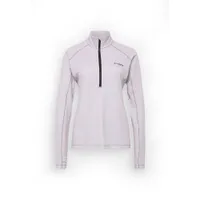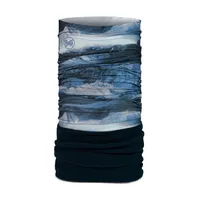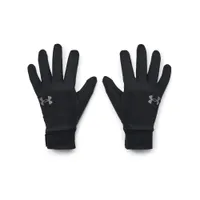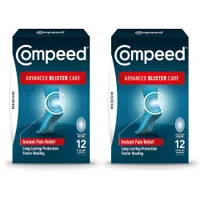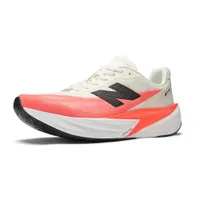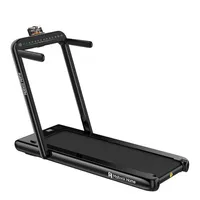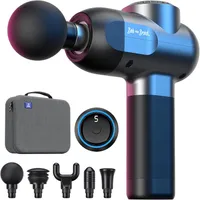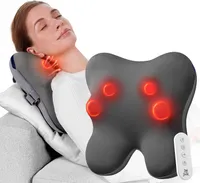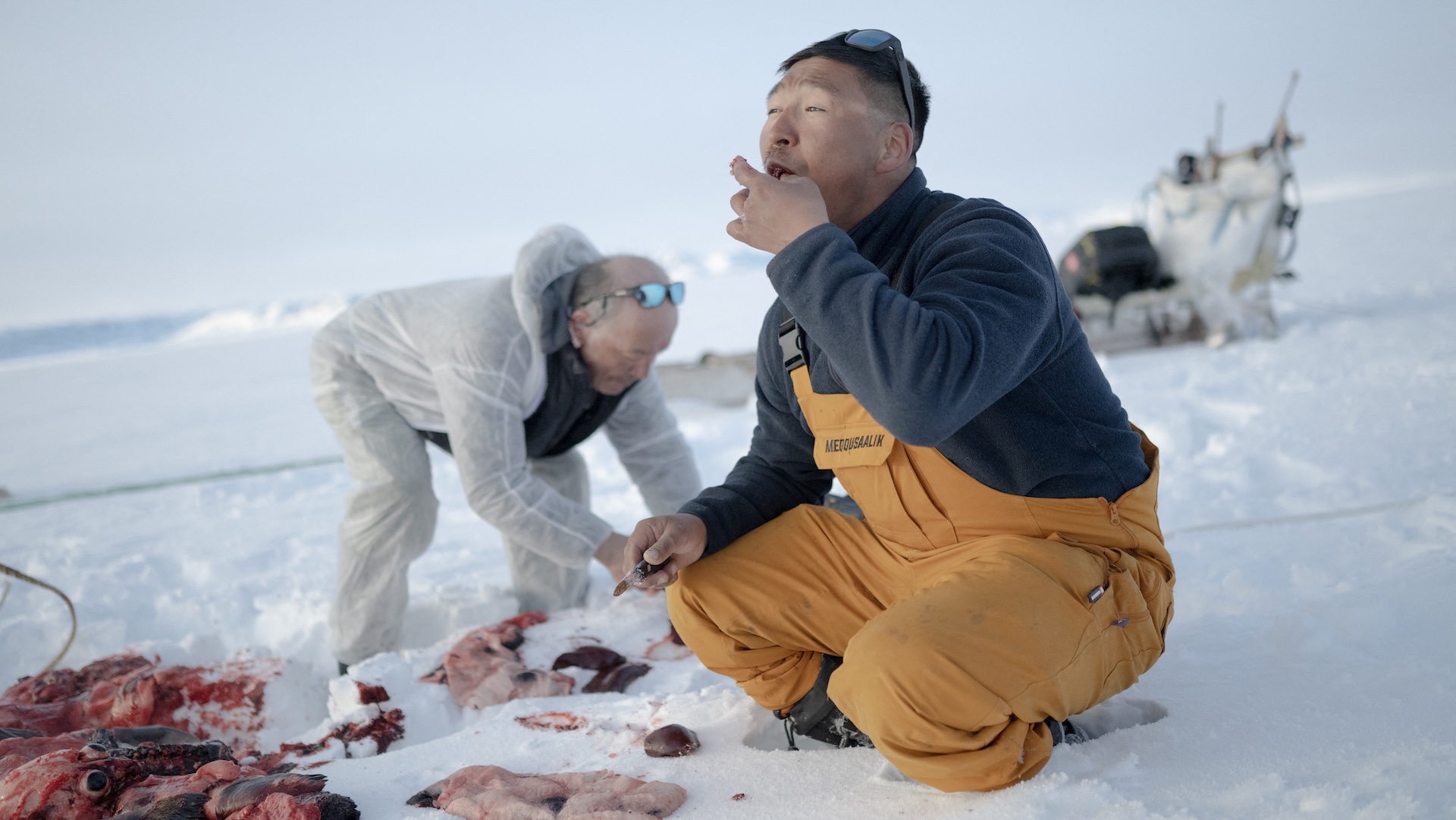How to survive training for a marathon through winter (and what to buy)
A spring race may have the perfect conditions, but it means training through the depths of winter. That means having the right kit — and the right mindset.

Signing up for a spring marathon seems like a great idea, until the initial excitement wears off and you realise you’ll be slogging your way through your longest runs in the depths of January and February.
No block of marathon training is ever easy, but dealing with cold winds, icy conditions or just damp grey skies can be particularly tough. However, if you get the right kit and the right mindset, all that hard work through the coldest months will actually make race day itself feel like a breeze in comparison.
While you can't, alas, purchase the right mindset, you can certainly shop for the right kit. And when it comes to everything from the best Garmin watches for tracking your progress to the top treadmills for home training, we can help.
Get the right gear
Tackling cold-weather runs is all about having the right gear. That doesn't have to mean spending a fortune, or getting a whole new wardrobe — often, it's simply about combining the right layers.
There is an old adage that you should dress for a run like it’s 15-20 degrees warmer than it actually is, because, of course, you will warm up. But freezing conditions must be respected, too — particularly cold, biting winds, which can make you feel a lot colder. Good layers mean you can adjust as you run, peeling a layer off if you start getting too warm.
The place to start is with a really good base layer to wick the sweat away from your body. There's nothing worse than a sweaty layer in the cold, holding rapidly cooling sweat right next you. A soft, comfortable merino or merino-mix is the gold standard: Tracksmith's Brighton base layer is worth every penny.
In cold wind, rain or sleet, you’ll also probably need a good jacket — but unless you are dealing with truly extreme downpours, water-resistant may be better than waterproof. That's because the latter tends not to be very breathable, leaving you heating up inside a jacket that soon starts to feel like a portable oven.
Get the world’s most fascinating discoveries delivered straight to your inbox.
Smartwool is certainly a premium brand, but with merino, you do tend to get what you pay for. Great quality layers like this will be the mainstay of a winter running wardrobe.
Combining a base layer with a half-zipper like this excellent Colombia mid layer (available for men and women) can keep you snug and warm
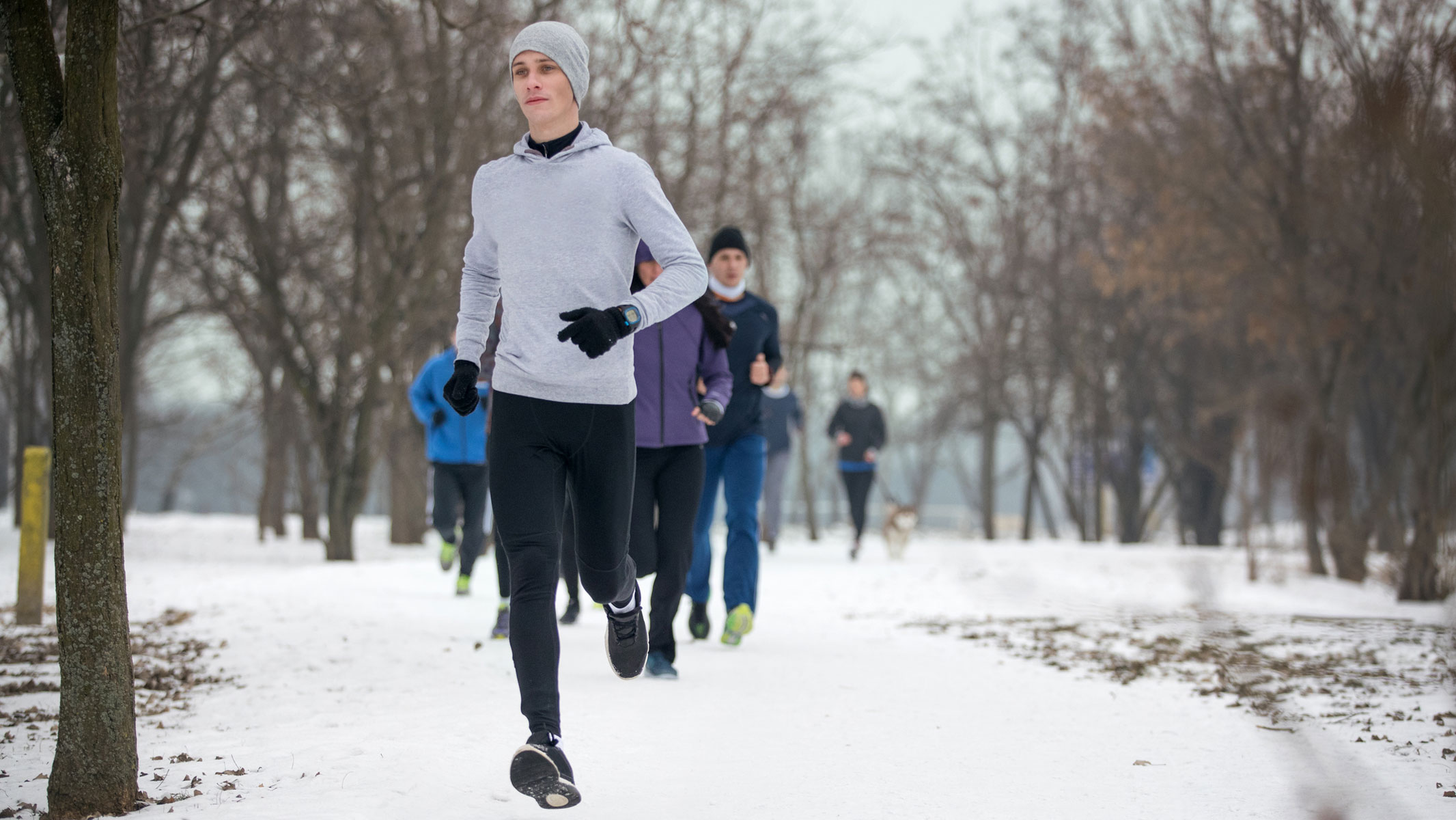
Accessorize, accessorize
When you run in the cold, you may find that while your core and body warm up nicely, your extremities actually start to feel colder. Your circulatory system prioritises your hard-working lungs and legs, and the result can be frozen hands, faces, ears, even cold feet (literally, and sometimes also metaphorically). If you have bad circulation, it can be even worse.
A good headband or buff worn around the head can double up as a hairband, keeping hair out of your face,and also keeping your head and ears warm. If it’s really cold, a thicker fleece-like band or fleece-lined hat will help preserve warmth. You can also wear a few buffs: one around your head, one around your neck.
Getting the right gloves is also be a game-changer. Depending on how low the temperature drops, you may even double up with a thin inner glove worn under a thicker pair. Some people find that mitten-style gloves help their hands stay warmer, or wear a standard pair under mittens. Just make sure you have enough pocket or vest space to carry layers that start feeling too hot.
For really cold conditions, a thermal neck gaiter or buff can help keep the precious warmth in — and you can pull it over your head, too.
When it's freezing, you may wish to "double-glove". This excellent thin pair can be a lightweight glove for borderline cold temps, or worn as an under layer with mittens on top.
One thing to note is that, although it might seem more like a hot weather issue, many runners find that wearing multiple layers during winter training can actually lead to more skin chafing. Perhaps that's because the skin being rubbed has even less chance to breathe under layers than it does in warmer conditions.
The trouble is that once an area chafes, it seems to happen again and again. So try to avoid chafing in the first place, or stop it in its tracks early, by using Vaseline or other anti-chafe products, or even applying pre-emptive blister plasters.
Compeed are brilliant, worth every penny — and you don't have to just use them on your feet. You will never be sorry you invested in a few packs of these to keep in your emergency running supplies stash.
Choosing the right shoes
Depending on where you run, you might not actually need to adjust your shoe choice to the weather. But if conditions are likely to be icy, snowy or very muddy, then you might want to look at trail shoes, which have a better grip.
Do try to make sure you’ve properly tested the shoes you plan to race in. The most important thing is comfort — what feels like a tiny hot spot or insignificant rubbing on a short run might become agony over a few hours.
Many people like to do the majority of their training runs in a comfortable, supportive, cushioned shoe, and save a carbon-plated race shoe for the day itself, but if you do this, make sure you have properly tested the latter as well. The same goes for all your race day kit: It might seem like a nice idea to treat yourself to brand new stuff for the big day, but you should never race in anything untested or new.
When it comes to buying running shoes, buy a pair that supports how you run, not how you would like to run, or because their looks appeal. Once you know what you are looking for, shop around — there are some great bargains available online.
We also have a guide to the best running shoes for supination (also known as under pronation).
Looking for a shoe that can handle easy runs but also workouts where you pick up the pace? The New Balance FuelCell Rebel v5 ticks both boxes brilliantly.
The Novablast is a shoe that's just fun to run in: it has a super bouncy and lively feel while offering enough cushioning to protect your feet on those long, long marathon training slogs.

Running indoors
There may well be days when running outside is either off-putting or perhaps even dangerous. It’s not worth risking slipping on black ice or running in risky conditions. That’s when either having your own treadmill or access to one in a gym can be a lifesaver.
However, treadmill running certainly brings its own challenges. It’s all very well doing a 40-50 minute run on a treadmill, but if your training plan calls for 2.5 hours, that is one epic slog! But it's doable, if you break it down (advice that also applies to outdoor runs, of course).
If, for example, your marathon training calls for two hours at an easy pace, break it up. Alternate between two paces every 20 minutes (or any other chunk of time that works for you). Even if the difference between the two paces is tiny, it's a mental trick that will make your training day seem less daunting. It's all about tricking yourself, even when you know you are doing it. Likewise, instead of dreading an hour on the treadmill, tell yourself you are doing 6 x 10 minutes. It sounds silly, but it does work.
If you do have to train a lot indoors, try to do some runs or sections of runs with a slight incline. This will have two effects: breaking up your run again, but also trying to replicate outdoor terrain, which, alas, is seldom pancake flat.
Many runners wonder if there is any difference between running on a treadmill and running outside. Both have their pros and cons, but if a treadmill keeps you running when you simply can't get outside safely, then it's a great option for you. And we've tested a huge array of them to find the best for all budgets and spaces.
If you develop a niggle during your training, you can also cross-train on another piece of cardio equipment — and don't neglect resistance training, which is a really important part of marathon training.
Treadmills needn't cost the earth. Our reviewers loved this reasonably priced machine from Mobvoi: it's compact, foldable and surprisingly sturdy.
At the other end of the scale, if money is no object then the Echelon Stride series offers a premium experience with a connected app.
Warm up and refuel

Even after warming up in a hot shower or bath, you might still be feeling that cold. This is where having good post-run gear can help. Your sore, tired body will appreciate something soft and snuggly, like fleece layers or super soft sweatshirts and track pants. Wrapping yourself up in a heated blanket feels like heaven after winter runs.
Though the scientific evidence is fairly thin, many seasoned runners also swear by magnesium salts in a hot bath. You can also help speed up your recovery by using a foam roller or massage gun, though go easy on really sore muscles. Check out our guides to the best foam rollers and the best massage guns.
To ease away the aches and pains, you can't beat a good massage gun — even if you will wince a lot while using it. The Bob and Brad range offers fantastic power and great value for money.
It's not only your legs that might pay the price of running. If you suffer from a stiff or sore back, this massager is truly fantastic. Sit against it, and let the heat and massage soothe away the knots.
Train your head as well as your body
There will almost certainly be a point (or several) during your training runs when you despair, however momentarily, of ever being able to meet your race day goals. Everyone, regardless of their level, feels that at some point.
If it’s your first marathon, you might even doubt you’ll be able to complete it. Remind yourself that you are training not just physically, but mentally. If you can manage 20 miles into icy winds on a gray, dreary day by yourself or just with a friend or two, then 26.2 miles on race day — when you will be refreshed, fuelled, rested and supported by crowds — will honestly feel easier.
Every time you fight off the devil on your shoulder that tells you it's too cold, you're too tired or there are other things to do, and get out and run anyway, then you have built that little extra bit of resilience. It's easy to become all too focused on race day itself and forget about all the hard work you have put in during your training.
Kate Carter is an experienced journalist who worked for the Guardian for a decade before going freelance. She writes for the Guardian, Runners World, and World Athletics amongst many other publications, and presents for The Running Channel. She is also a sub three hour marathon runner and an England Athletics coach.
You must confirm your public display name before commenting
Please logout and then login again, you will then be prompted to enter your display name.
